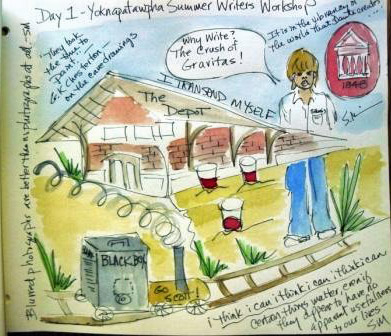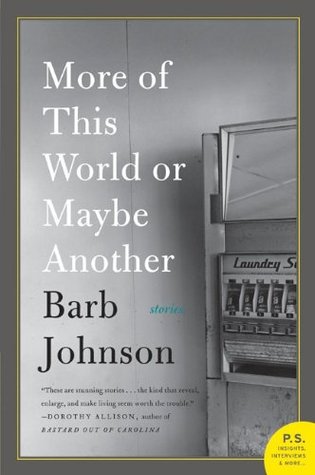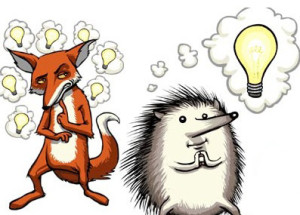
This Friday I’m headed to Oxford, Mississippi, for the 2014 YOK Workshop for writers. It will be my 7th year to participate in this (seriously) life-changing event. (Last time was 2012, which you can read about here.) Part of the preparation for YOK Shop involves reading and critiquing my fellow writers’ manuscripts—fourteen in all. We’re divided into two groups for the critique sessions and there are seven in each group, but I’m reading and critiquing all the writing samples. This process—combined with the faculty critiques and craft talks—turns a three-day workshop into a mini MFA.
 YOK Shop organizer, M. O. “Neal” Walsh, sent us a wonderful guide for writing critiques which he got from his colleague, Barb Johnson, at the University of New Orleans. (Check out her debut story collection, More of This World Or Maybe Another.) I’m using Johnson’s format, mixing it up a bit with a wonderful article in the recent issue of Writer’s Digest Magazine by Fred White, author of The Daily Writer and other books, “Testing the Strength of Your Story Ideas.”
YOK Shop organizer, M. O. “Neal” Walsh, sent us a wonderful guide for writing critiques which he got from his colleague, Barb Johnson, at the University of New Orleans. (Check out her debut story collection, More of This World Or Maybe Another.) I’m using Johnson’s format, mixing it up a bit with a wonderful article in the recent issue of Writer’s Digest Magazine by Fred White, author of The Daily Writer and other books, “Testing the Strength of Your Story Ideas.”
Some of Johnson’s suggestions include things I’ve been told in the past, such as discussing what’s working and what needs a little love in each piece. But she also suggests that we discuss 3 elements of the story, which is kind of like a writing prompt for critiquing. In the 10 stories I’ve critiqued so far, I’ve commented on things like characters, plot, point of view, theme, voice, setting, and dialogue.
 In White’s article, he suggests fiction writers use a set of content-generating ideas BEFORE they go to the length to even write a first draft or an outline. I tried to pretend I hadn’t already written a synopsis and first chapter for my novel as I applied his advice, which includes CCSP: conflict, characters, setting and purpose. I’ve definitely got the first three in hand, but it’s that fourth one that’s tripping me up as I begin this new novel—“Is there a recognizable purpose?” Does my idea (and the ideas of my fellow workshoppers this weekend) fulfill a clear purpose, or will our readers be left asking, So what? (Read the entirety of his article for an expansion on his checklist for testing story ideas.)
In White’s article, he suggests fiction writers use a set of content-generating ideas BEFORE they go to the length to even write a first draft or an outline. I tried to pretend I hadn’t already written a synopsis and first chapter for my novel as I applied his advice, which includes CCSP: conflict, characters, setting and purpose. I’ve definitely got the first three in hand, but it’s that fourth one that’s tripping me up as I begin this new novel—“Is there a recognizable purpose?” Does my idea (and the ideas of my fellow workshoppers this weekend) fulfill a clear purpose, or will our readers be left asking, So what? (Read the entirety of his article for an expansion on his checklist for testing story ideas.)
 And then there’s this: On Friday night at the YOK Shop, Scott Morris will give his keynote address. This year it’s “Are You a Hedgehog or a Fox?” (Previously he has waxed eloquent on topics such as “The Writer’s Cross: Transcending the Existential Shorthand” and “Learning to See and Write Sunsets.”) He encouraged us to read Isaiah Berlin’s essay, the famous classic, The Hedgehog and the Fox, as preparation for the event. I’m almost finished and am asking myself why I hadn’t read this previously. (Probably because I was never in an MFA program?) Scott is going to help us all learn if we’re hedgehogs or foxes or a bit of both, and what this has to do with us as writers. I’m already pretty sure I’m a hedgehog in foxy clothing, but I can’t wait to hear what he has to say!
And then there’s this: On Friday night at the YOK Shop, Scott Morris will give his keynote address. This year it’s “Are You a Hedgehog or a Fox?” (Previously he has waxed eloquent on topics such as “The Writer’s Cross: Transcending the Existential Shorthand” and “Learning to See and Write Sunsets.”) He encouraged us to read Isaiah Berlin’s essay, the famous classic, The Hedgehog and the Fox, as preparation for the event. I’m almost finished and am asking myself why I hadn’t read this previously. (Probably because I was never in an MFA program?) Scott is going to help us all learn if we’re hedgehogs or foxes or a bit of both, and what this has to do with us as writers. I’m already pretty sure I’m a hedgehog in foxy clothing, but I can’t wait to hear what he has to say!
I think I’ve mentioned some of the other great faculty for the YOK Shop in previous posts, but in case I missed anyone, here they are:
Ace Atkins, Julie Cantrell, Sean Ennis and Matt Brock. I’ve known Ace, Julie and Sean for awhile, and I look forward to meeting Matt this weekend!
Forgive me for playing hooky from my blog this Friday—there will be no Faith on Friday post—as I’ll be on the road to the workshop. As Brian Williams says, I’ll see you right back here on Monday.